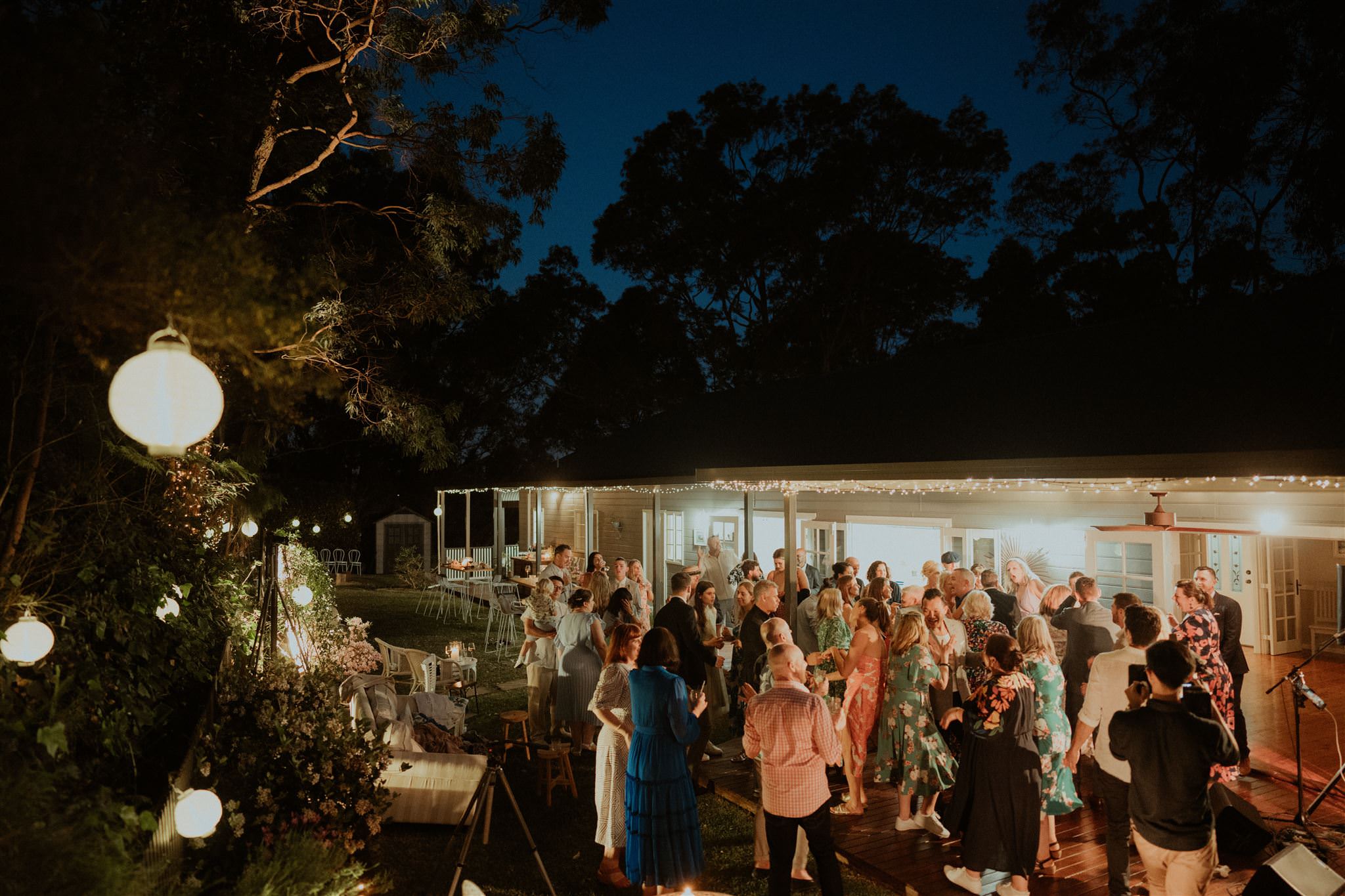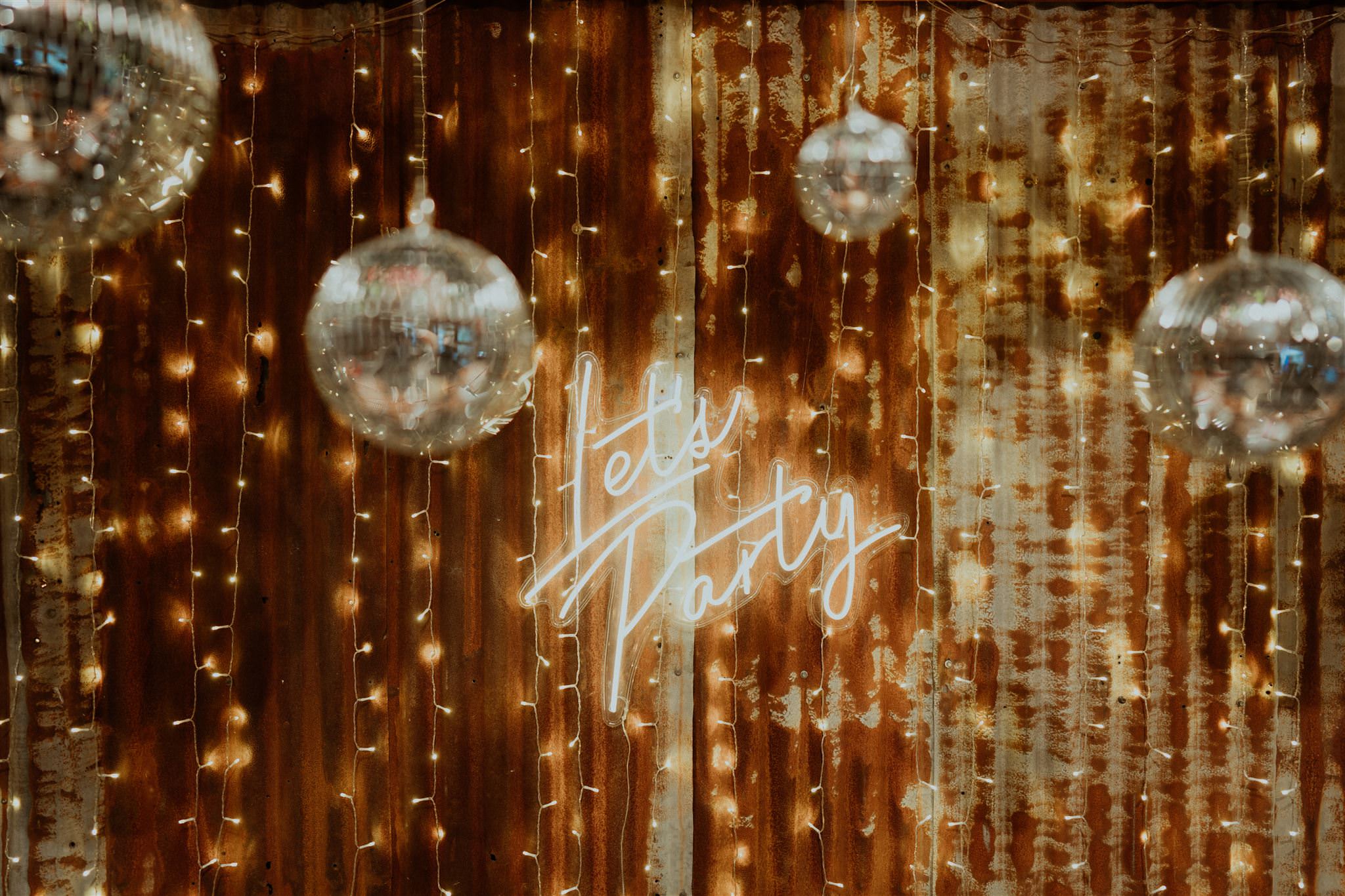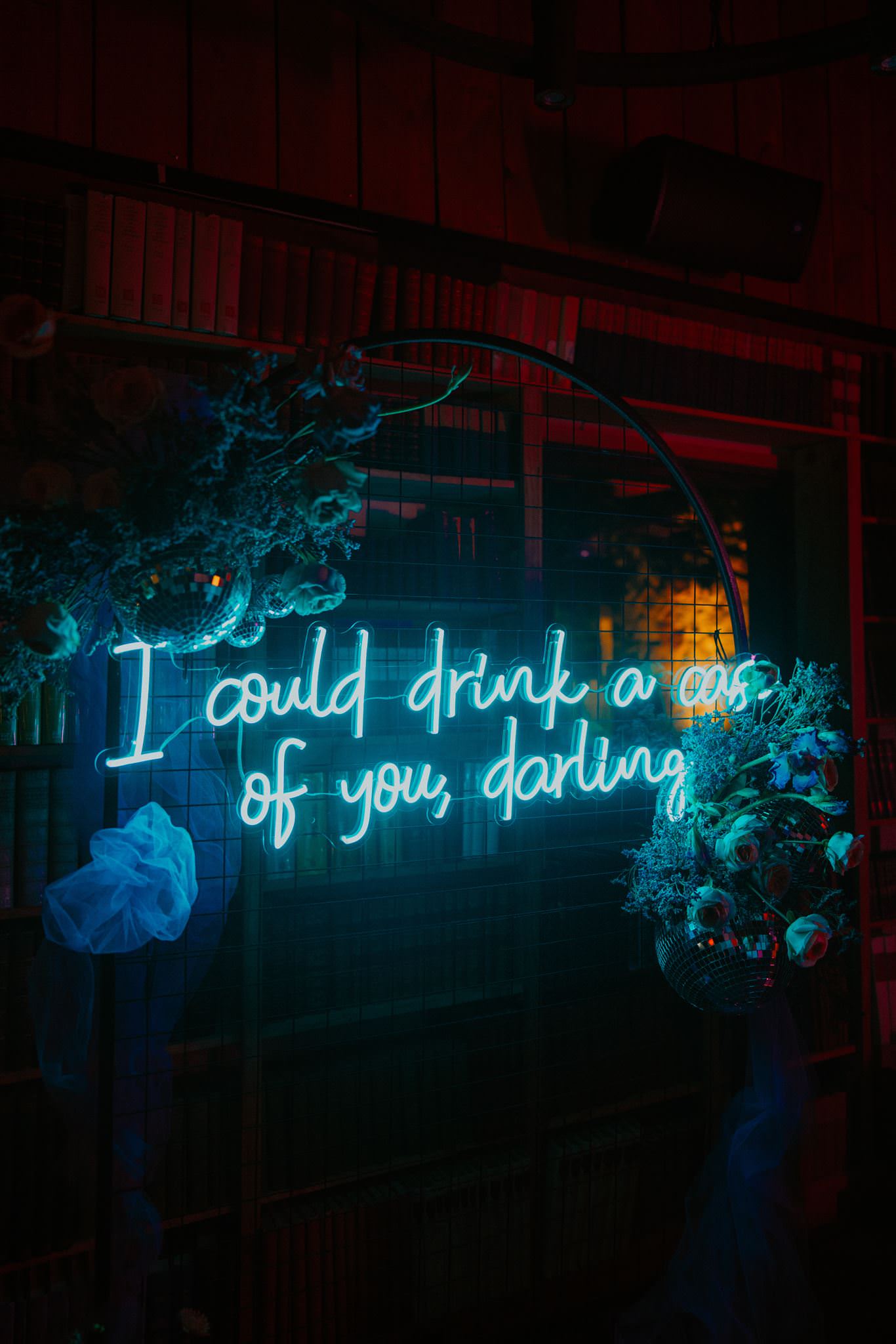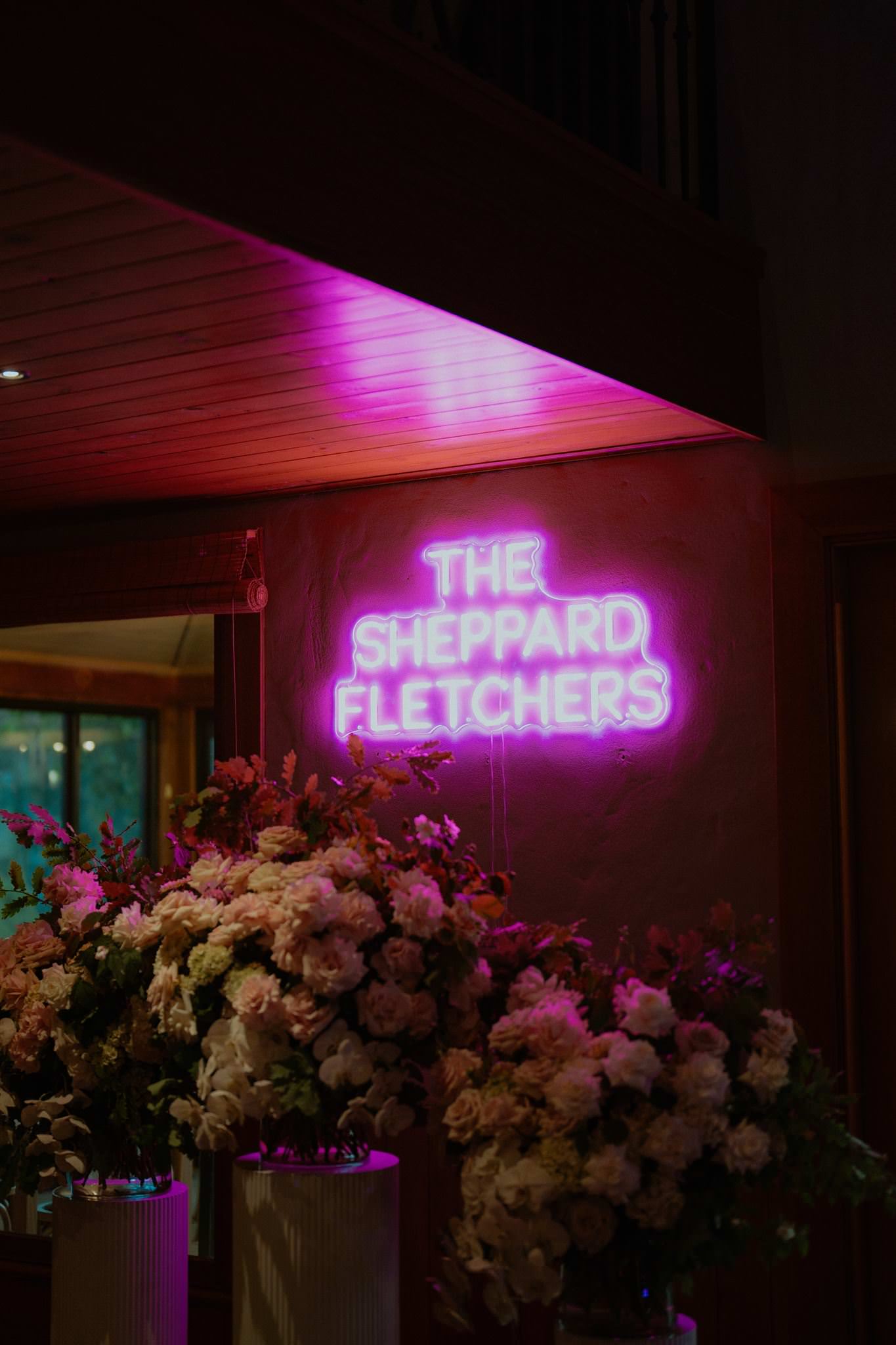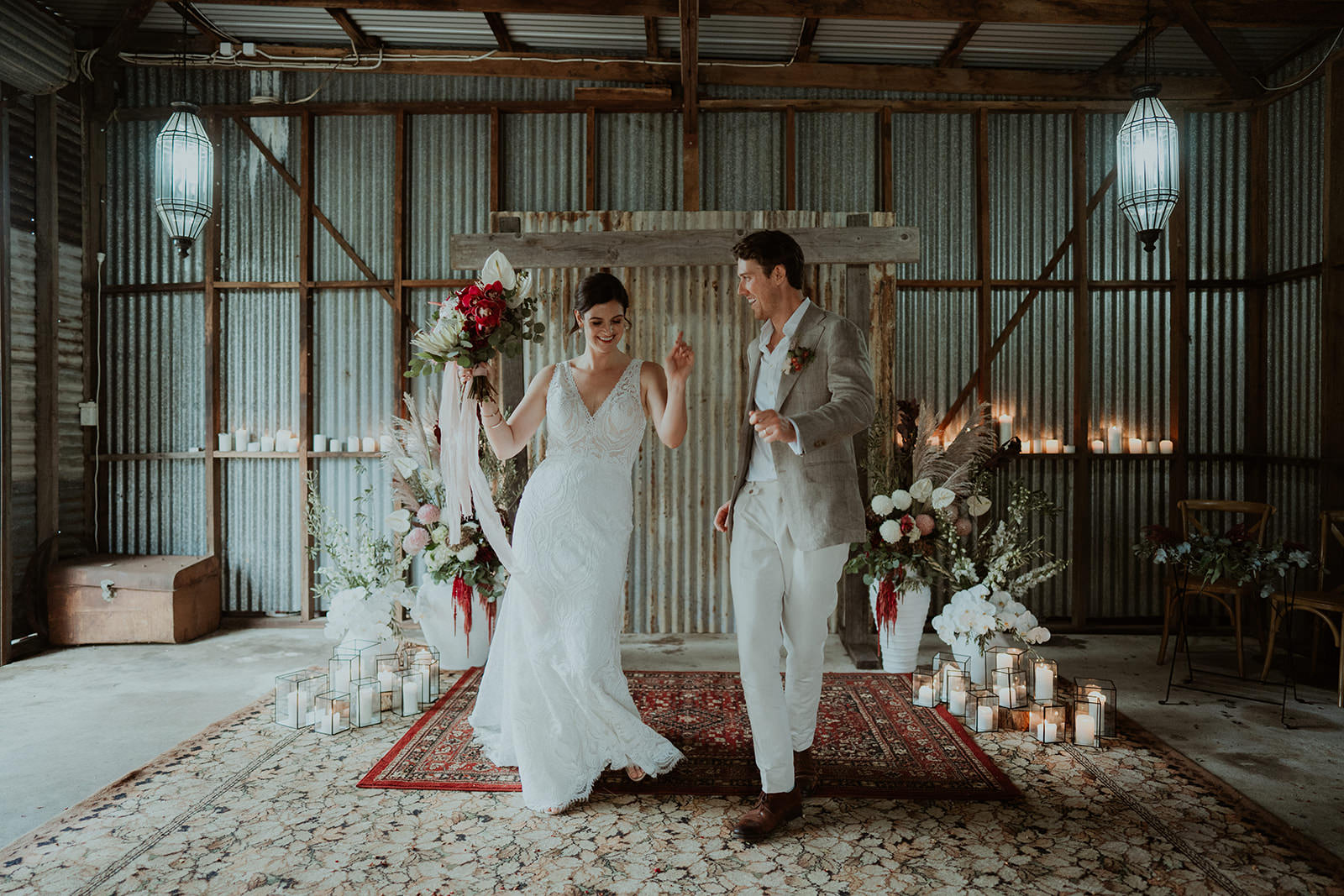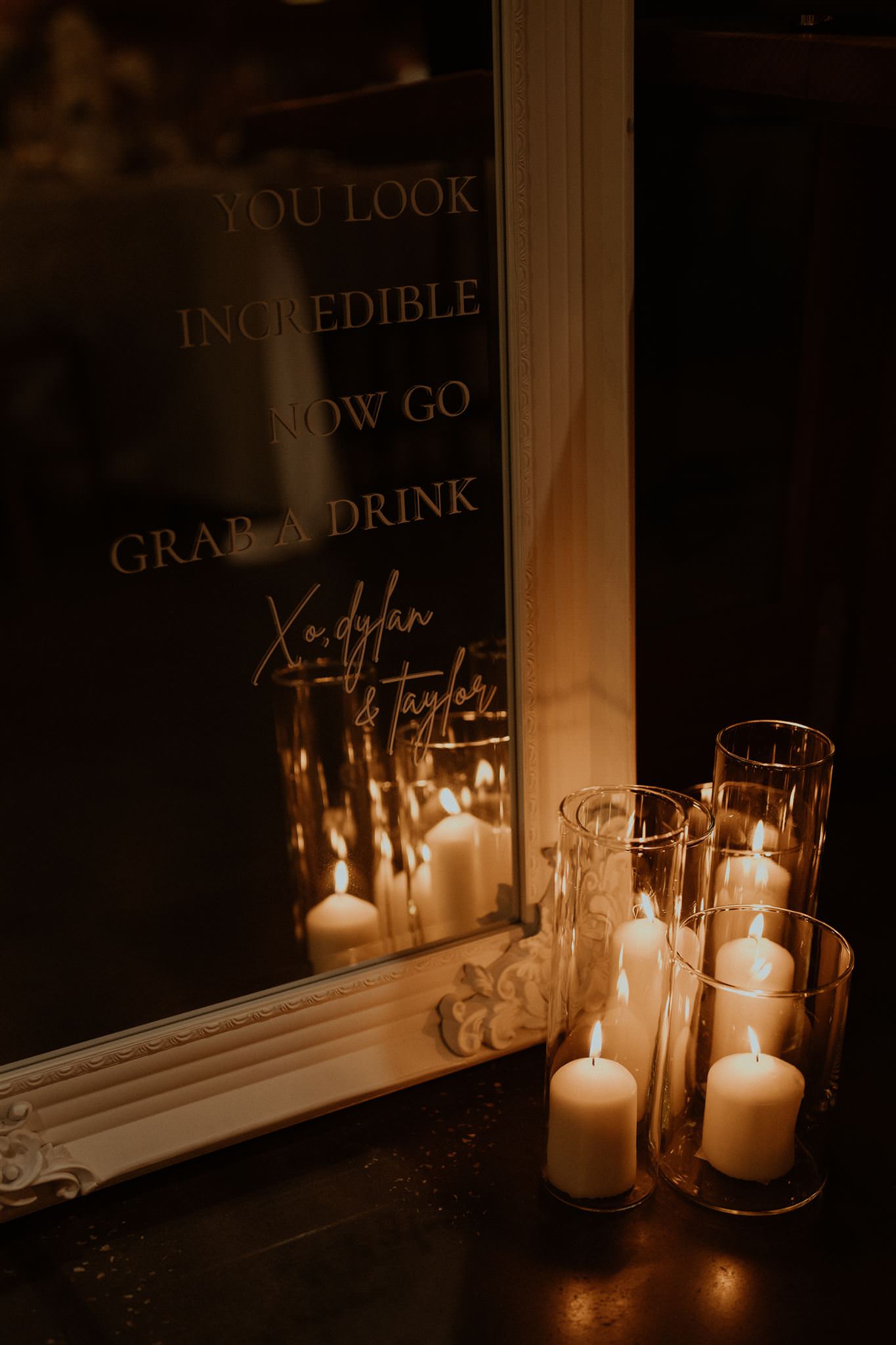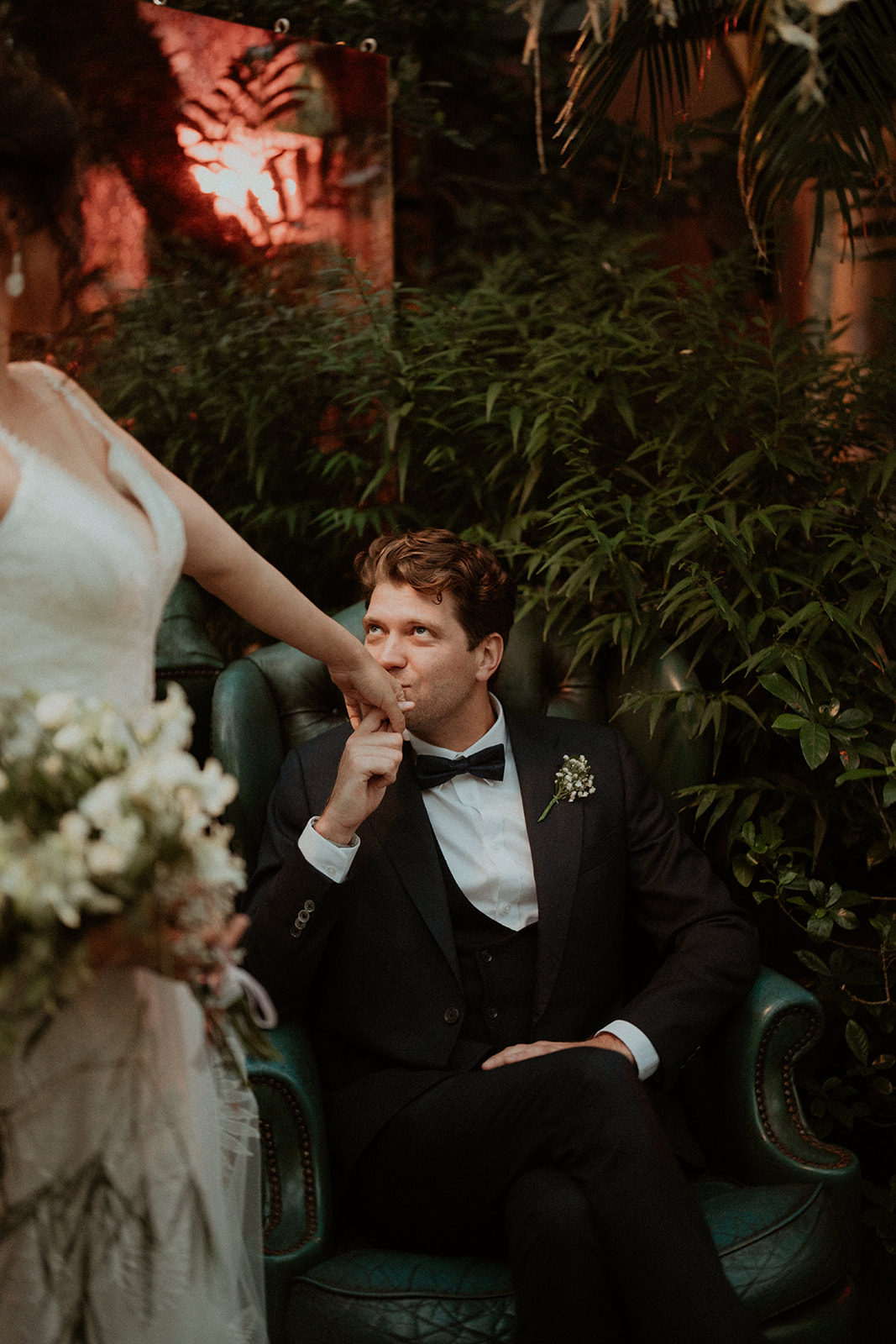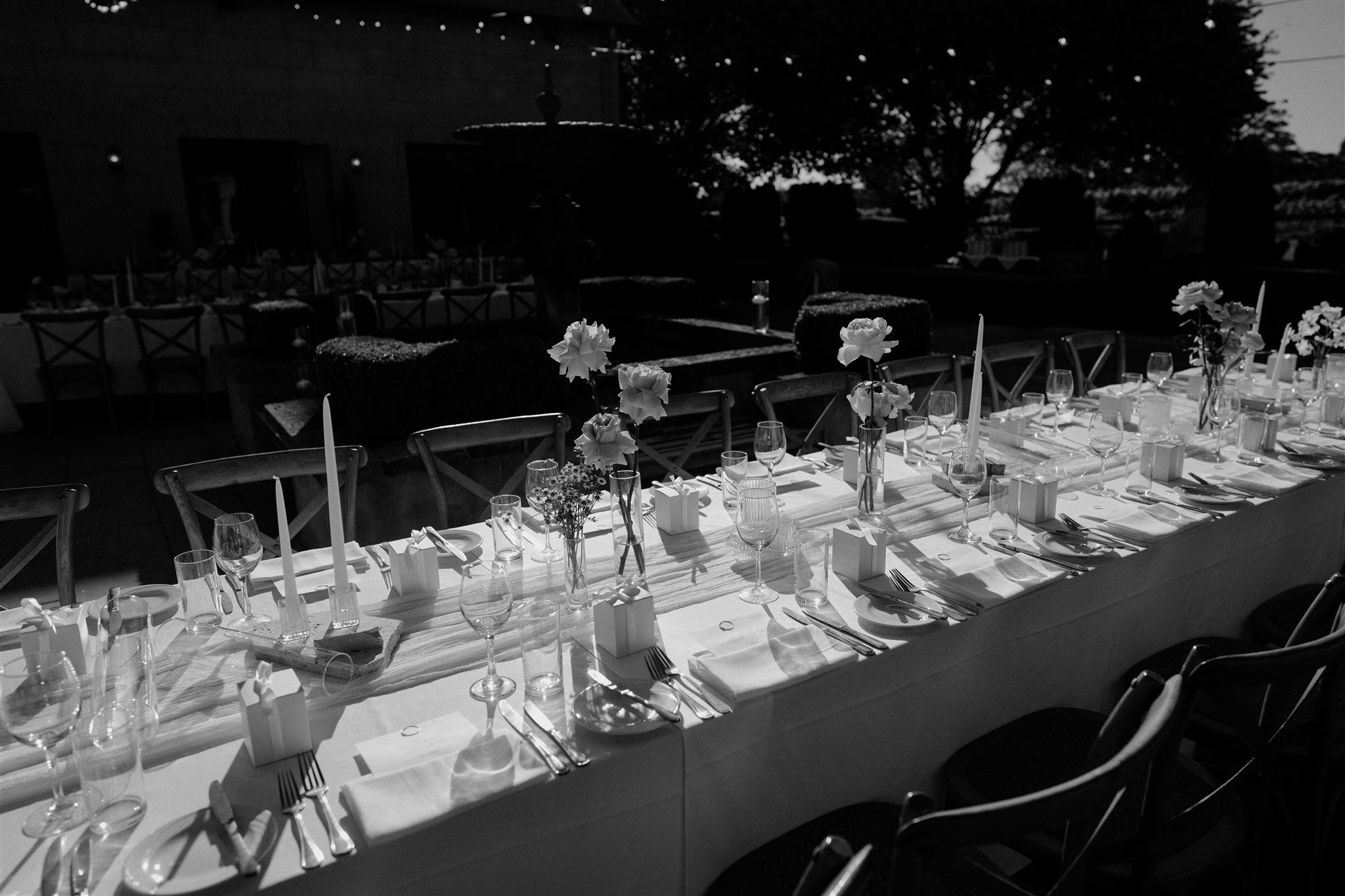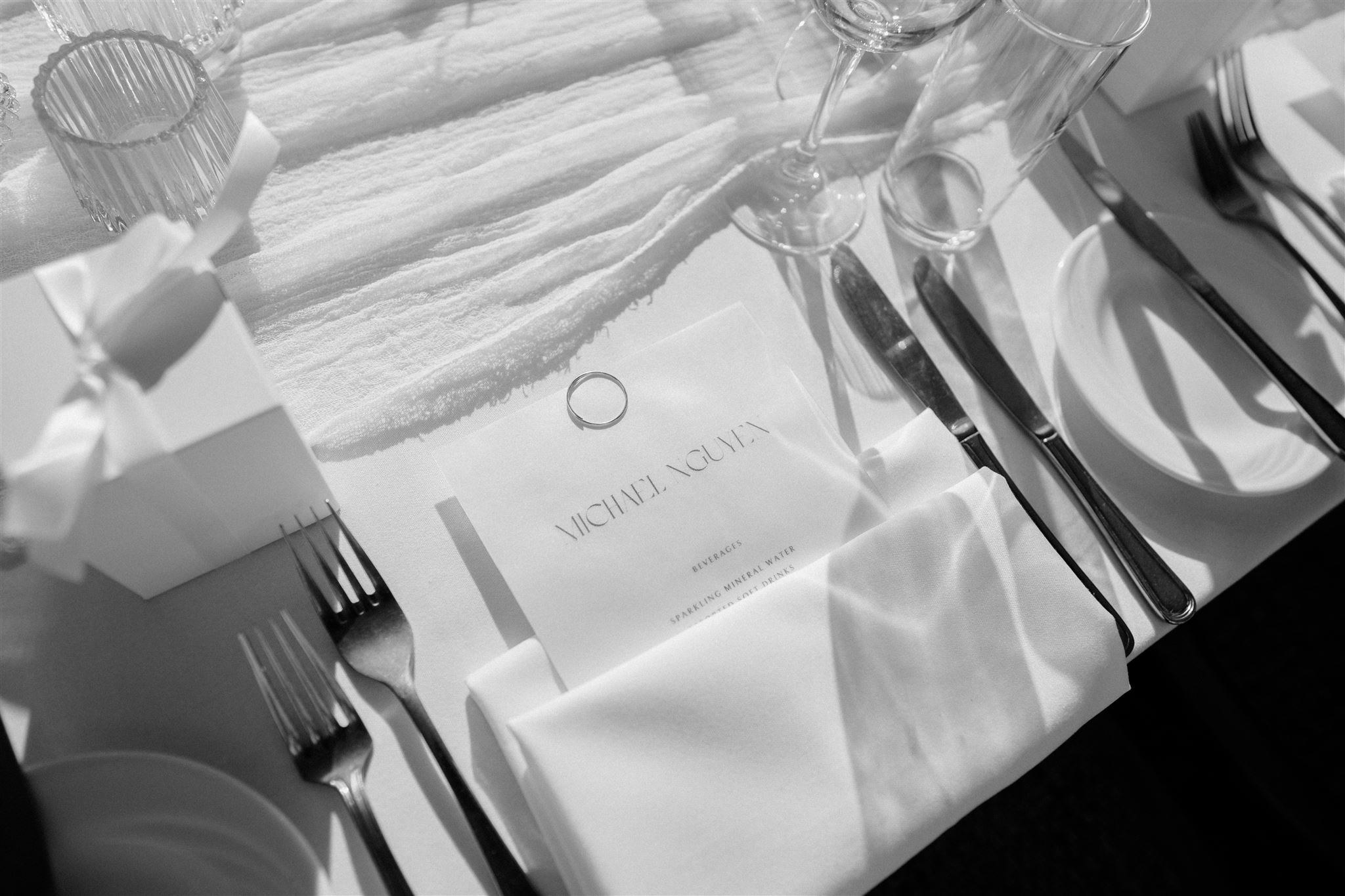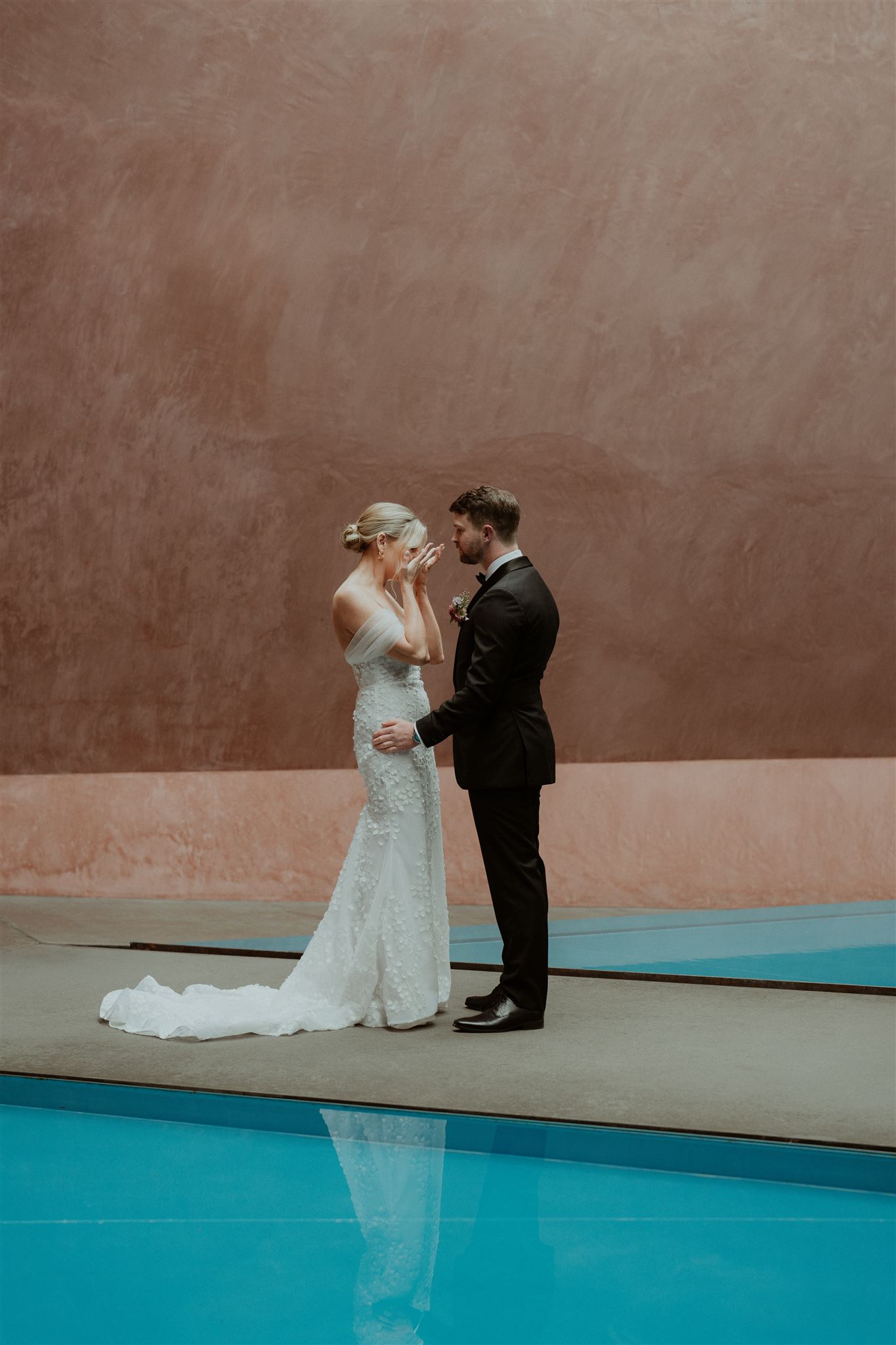
Photographer’s Guide to Wedding Lighting.
Considering how your wedding will appear at night is a crucial factor that can significantly impact the quality of your photos once the sun goes down. Lighting plays a pivotal role in setting the perfect ambience. It not only enhances the visual appeal of your photographs but also contributes to creating the desired mood and atmosphere for your wedding.
As someone deeply passionate about creative wedding photography and a self-proclaimed ‘light addict,’ I recognise firsthand the vital role lighting plays in capturing the essence of your wedding day. Your wedding lighting serves a dual purpose: it is both functional and stylish. It not only illuminates the space. But also sets the overall tone and vibe that you aim to achieve for yourself and your guests.
Therefore, it’s crucial to prioritise lighting as an essential element on your wedding checklist. If you’re feeling unsure about where to begin or need some inspiration and guidance regarding lighting choices. In that case, this “Photographer’s Guide to Wedding Lighting” has plenty of valuable insights and ideas to help you navigate the perfect lighting setup.
Tips for Wedding Lighting

Indoor lighting
For an indoor wedding, you’ll need to know what lighting is available at your venue. That way you can simply add to it or work around it. Uplighting is great for accentuating architectural features or changing wall colours to match your palette. And colour washing can help create different moods in different rooms throughout the venue.
This is where a lighting design pro or your stylist will be your best friend! They’ll help figure out what existing fixtures will work and what to add to achieve the look you want.
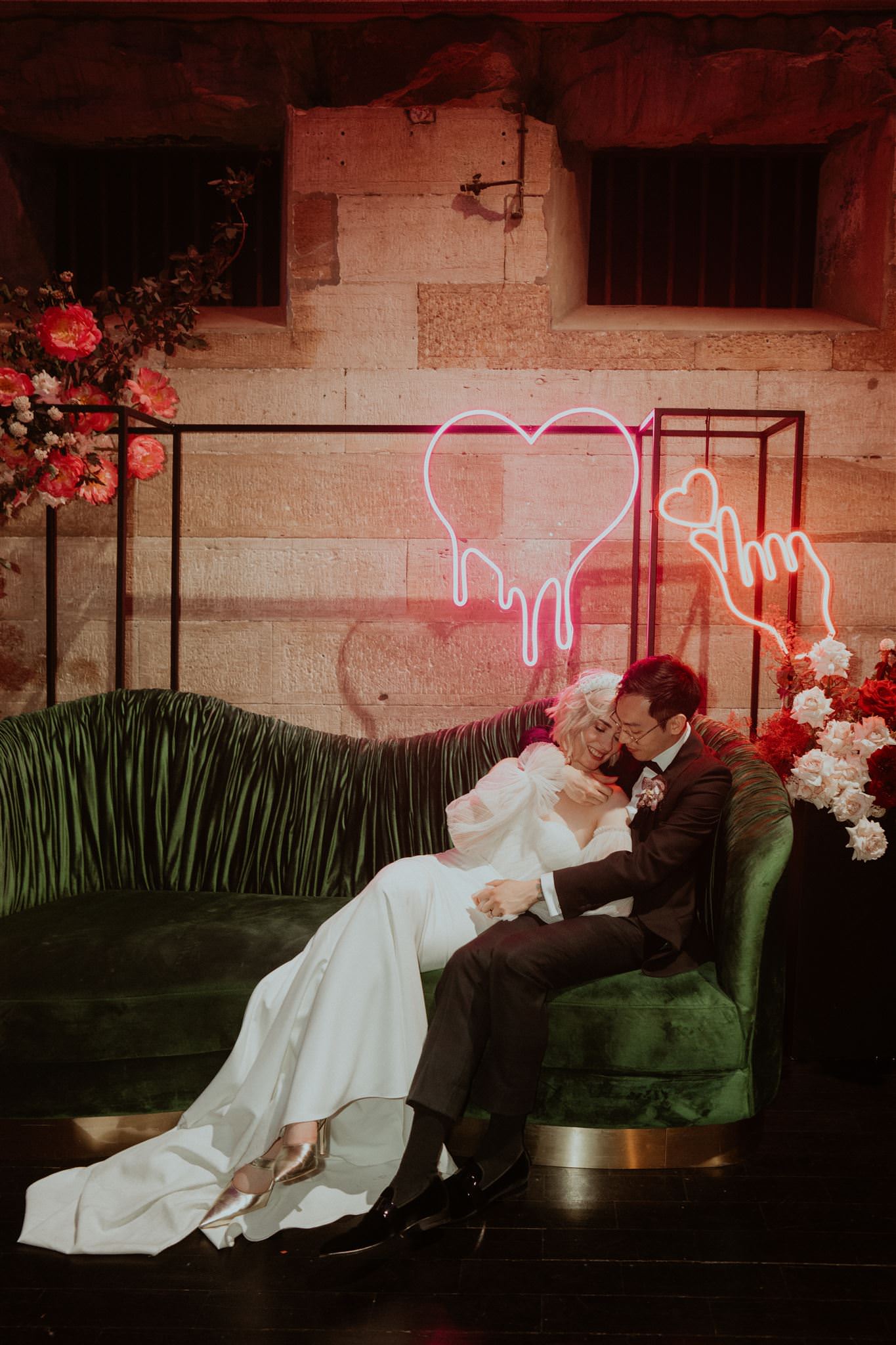
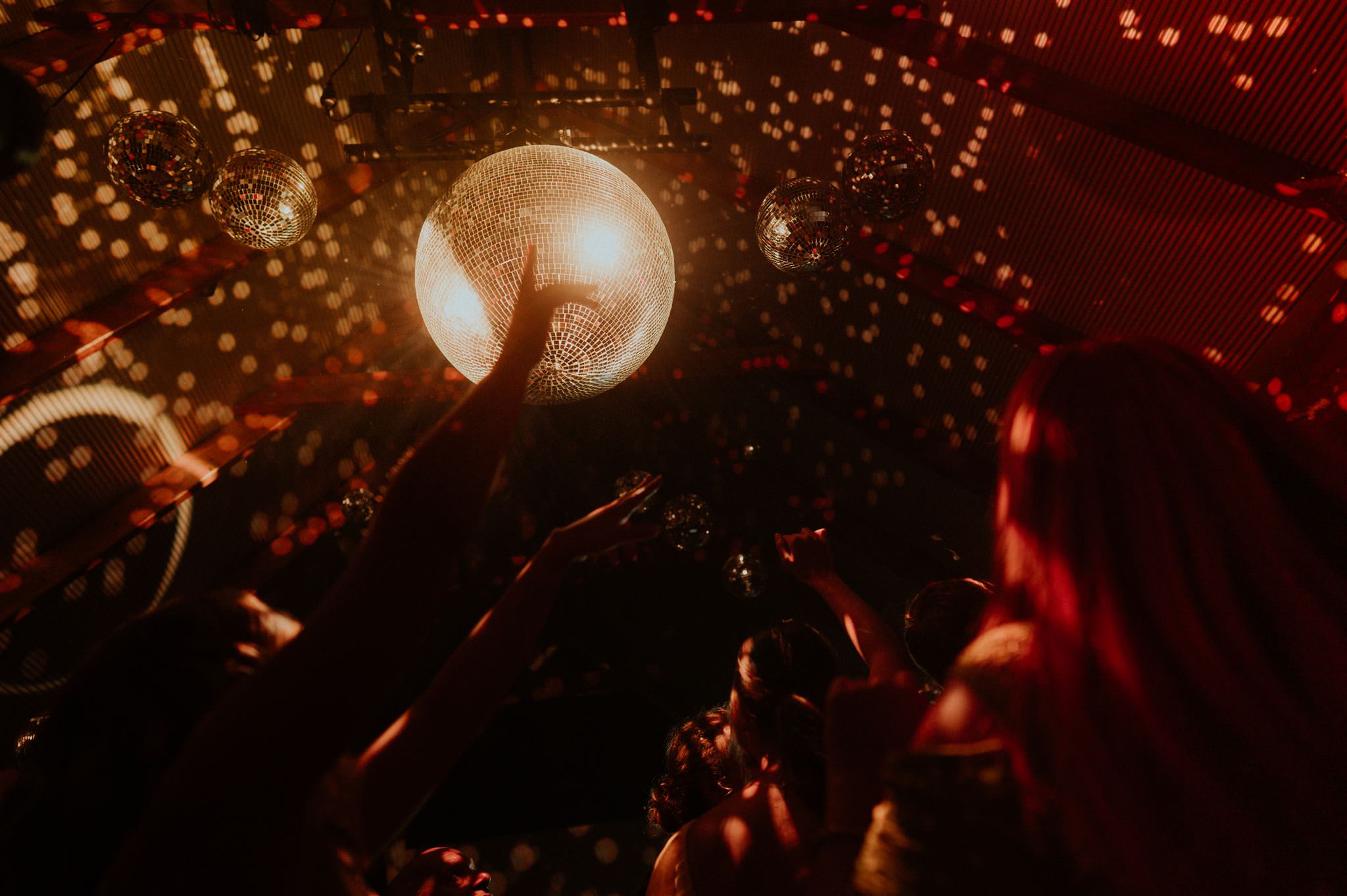
Create layers: Use a combo of ambient, task, and accent lighting to create depth and dimension in your wedding venue.
Consider Dimmers: Check that the venue has dimmers and if you’re able to control the lighting. This will help you control the amount of lighting if you’re aiming for a certain look and feel in the space. If your venue only has a one-set lighting consider how this will look. Ask to see what the space looks like fully decorated.
Highlight Key areas: Focus on lighting areas of your space to create interest or attention. For example the reception tables, dessert and guest book table, bridal table, chill/lounge areas, dance floor etc. If your venue lets you use candles to light the tables this is a great way to add that nice ambience look.

It’s important to do a walk-through of your wedding venue and try to schedule your walkthrough around the same time as your event. That way you can get a sense of what the lighting is going to be like on your wedding day. If you’re hiring a stylist they’ll have a good idea of what’s needed. They’ll suggest what will work best for the space especially if they’ve worked in your venue in the past.
During your walk-through at your venue, consider these questions that’ll impact your ability to create what you’re after:
- How much power can the built-in outlets accommodate?
- What type of lighting is already provided?
- Are there any types of light sources that are prohibited, such as open flame candles?
Outdoor Lighting
If you’re having an outdoor or backyard wedding, festoon lights are my personal favourite. Festoon lights create a lot of soft light and you may find that it’s a good starting point. From there you can use simple string lights. Another name for string lights is fairy lights. Use them in and between trees and votive candles (flameless candles) on every table. This is a great way to save on costs and still get great lighting for each of your tables. But, if you’re having a big outdoor celebration in a courtyard or tent, you might consider calling in the pros and getting their advice on how to light up your space safely, efficiently and effectively.
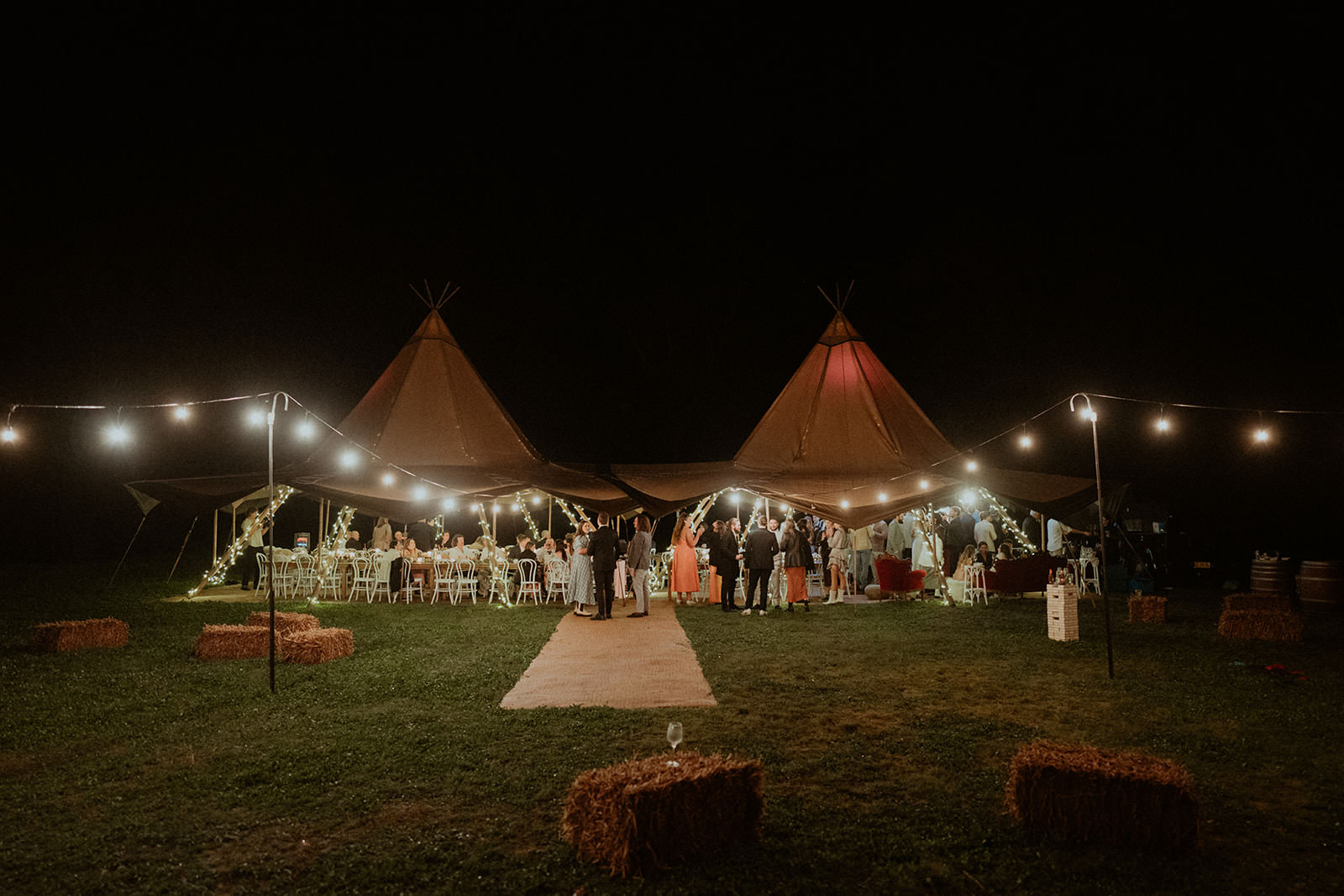
What part should my photographer play in lighting?
Your photographer plays a crucial role in how your wedding day is captured so that it all looks great in your photos. Lighting the reception or sometimes indoor ceremony is no exception. As you may know, photos need to be well-lit for the images to look as they should.
While our eyes are adept at adjusting to low-light situations, even the most advanced cameras can face challenges in such conditions. Therefore, your photographer must have a deep understanding of how different lighting setups can influence the overall atmosphere of your reception. All while preserving the unique ambience you’ve crafted for yourself and your guests. The last thing you need is your photographer/videographer’s blinding lights taking away from the feel and mood of the space you’ve worked so hard to create.
Sometimes it may be enough for the photographer to use the available light if it works well to create the images they need. But often your photographer will aid the scene with their lighting equipment. So make sure your photographer/videographer understands light. And understands how to read light for every specific scenario without distracting or taking away from the ambient lighting.
Some Examples of Creative Wedding Lighting Ideas
Now that you have an idea of some of the behind-the-scenes logistics, it’s time for the fun planning to begin. Keep this “Photographer’s Guide to Wedding Lighting” handy and come back to it as you continue to plan for your wedding. Below are some images for inspo. Whether you’re looking for soft, romantic lighting. Or extravagant glamorous lighting, here are some creative wedding lighting ideas to spark the imagination.









